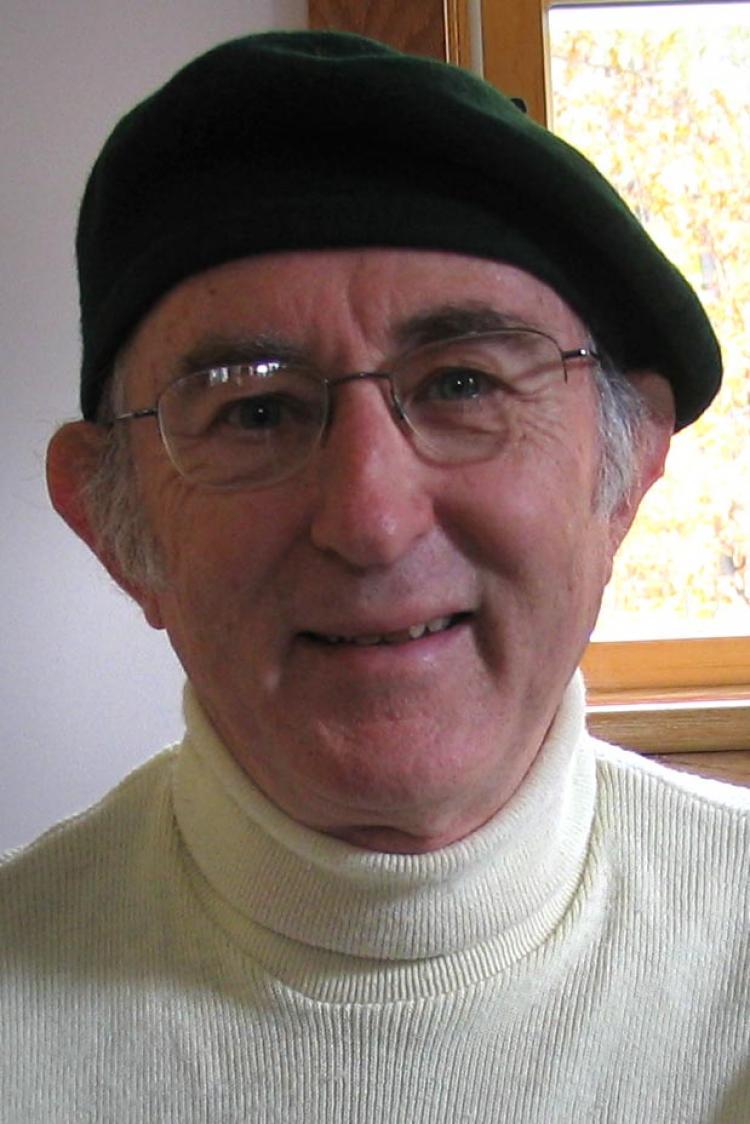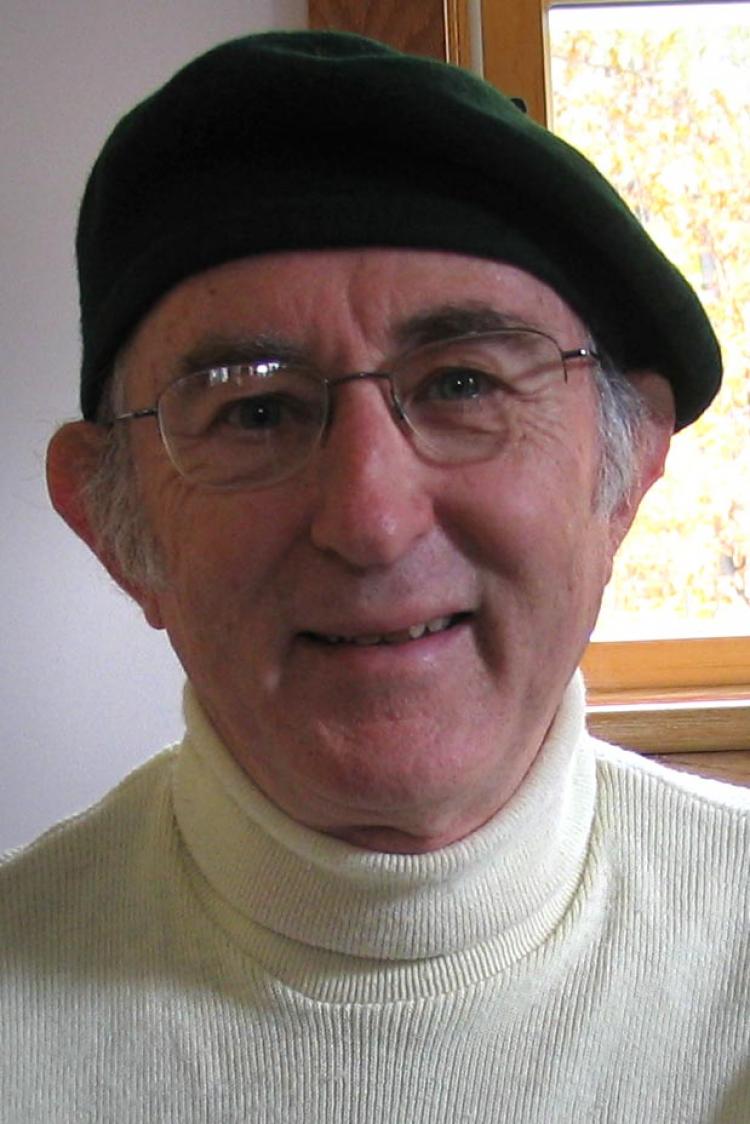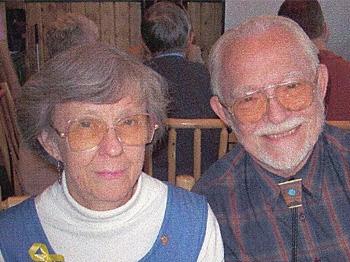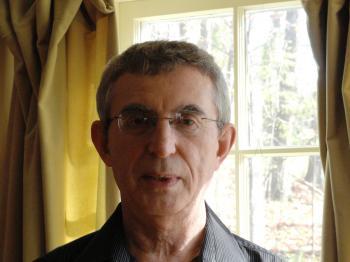James Bosjolie has the ability to make a picture tell the whole story. His picture of EcoVillage catches the village from the middle of the central lane going up to the Common House. Cottages on each side of the lane are stacked plum against each other on the brow of a hill. It puts the viewer at the fulcrum.
His composite picture of Sara Pines tells her story: Sara feeds 2, 200 persons each week to eradicate hunger. We see Sara and we see the lines of people waiting at a food pantry.
Bosjolie was adopted by a French couple, and early on he found a paper that suggested that he was part Irish and part French.
One cannot miss Bosjolie’s ancestry: He has the high cheekbones of the Irish and a tendency to be a creative dabbler. And he has the charm-under-a-beret that one associates with the World War II French Resistance.
Of all the forebears, “I look most like Edgar Allan Poe, who was Irish,“ he says. Bosjolie ascribes his love of the arts to his Irish ancestry.
The Camera Eye of James Bosjolie
James Bosjolie has the ability to make a picture tell the whole story.
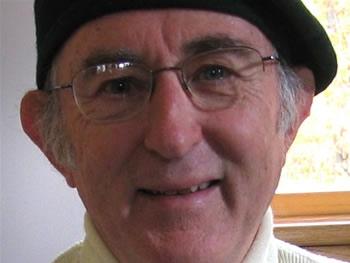
Ace photographer James Bosjolie James Bosjolie
|Updated:

